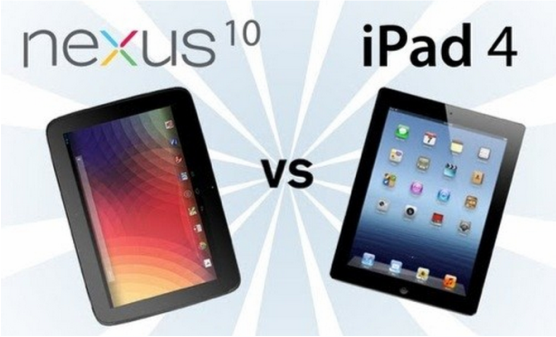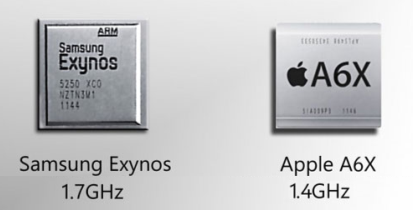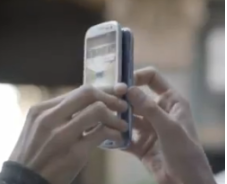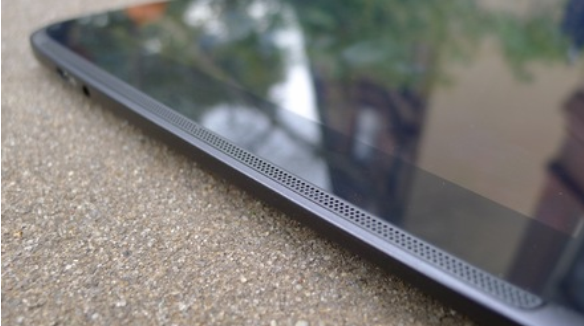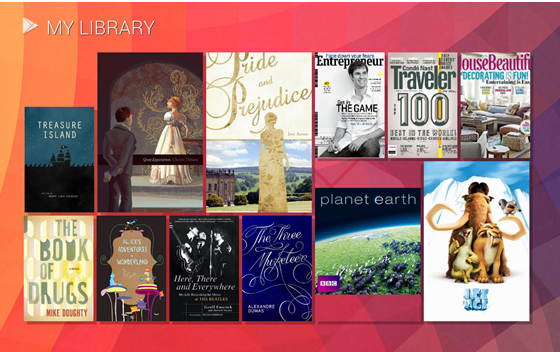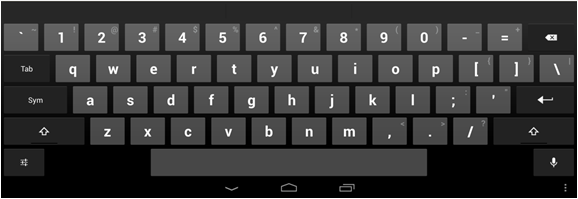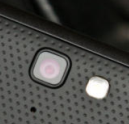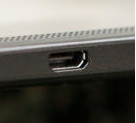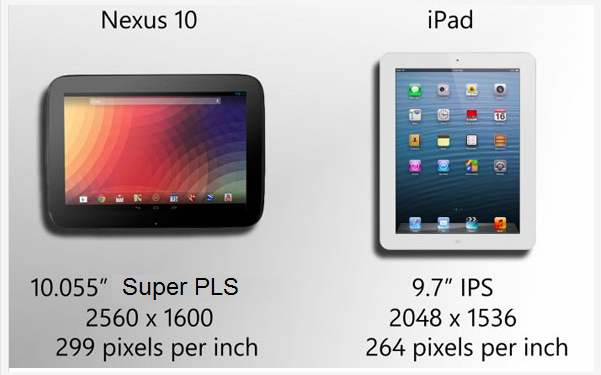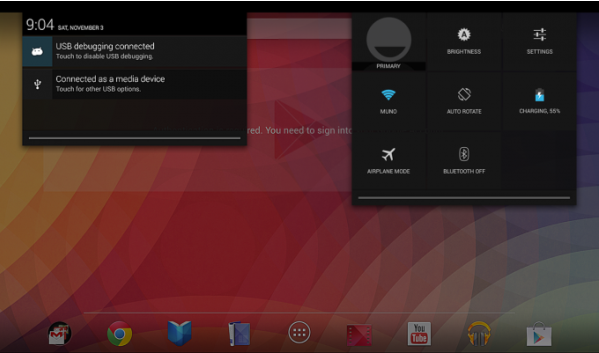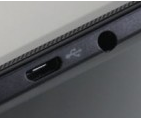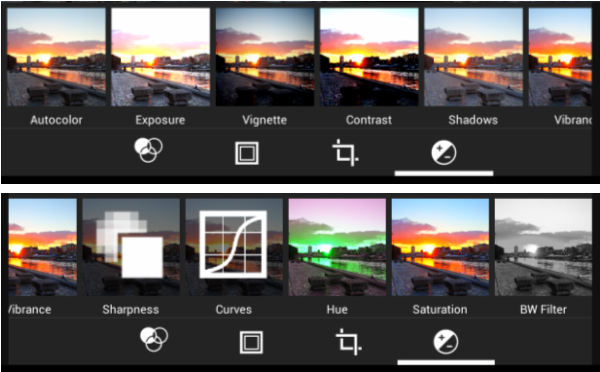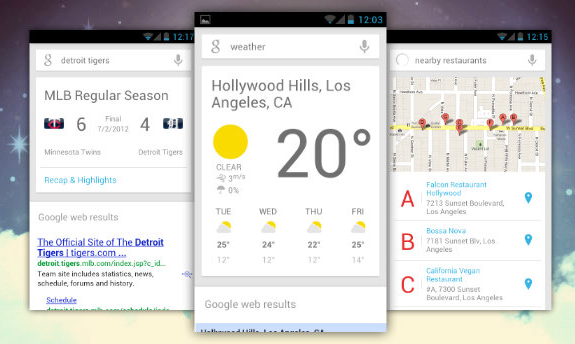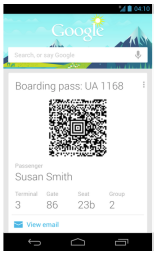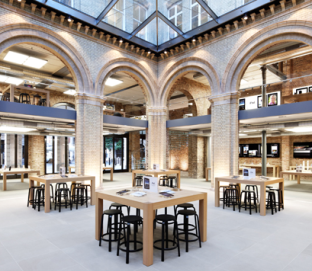Is the Nexus 10 Good Enough to Replace an iPad 3?
November 24, 2012 48 Comments
Last update: February 26, 2013
This article has had almost 20,000 views! Thanks for reading it.
It’s been several months since my Nexus 10 arrived, so it’s time for an update on my attempt to replace an iPad 3 with it. Was the lack of good tablet apps as big of a problem as everyone said it would be? And what about the superior build-quality of the iPad? Was the Nexus 10 lacking in this area? Read on to learn the answer to these and many more questions.
My Top Gripes After a Month
Since most of my previous columns about the Nexus 10 have stressed its benefits, I’ll get right to my gripes about it. Here are the things that bothered me the most about the Nexus 10 after the first four weeks of use.
- Limited number of great tablet apps – The number one complaint from reviewers about the Nexus 10 is the lack of great tablet apps. Although it’s true there are more good tablet apps for the iPad, I was surprised this wasn’t more of a problem for me. Many of my favorite Android smartphone apps ran fine on the Nexus 10. In some cases I did need to replace apps, but I didn’t have much of a problem finding suitable replacements. There were two reasons why I needed to replace apps. The first was the fact that some apps have controls which are too small to accurately touch on the Nexus 10. A bigger problem for me was the fact that some of my favorite Android apps couldn’t be downloaded on the Nexus 10. Examples include Zite, USA Today and Flickr. I suspect this is because the companies are working on tablet-optimized apps and are not allowing downloads to tablets because they don’t want to get bad reviews. Now that there are finally a few good selling Android tablets, I suspect we’ll see app makers put more emphasis on creating good tablet apps. I’ve included a list of some Google-recommended tablet-optimized apps here in Tip #4. It’s worth pointing out that not all popular apps are available in tablet versions for the iPad either. For example, Instagram looks much better on the Nexus 10 than it does on the iPad. That’s because it only occupies a small portion of the iPad’s screen. Sure you can blow it up 2x but the text looks distorted and ugly.
Update: After a month this is no longer a serious problem. Every day I find new tablet-optimized apps that look great on the Nexus 10. Just today a tablet-optimized version of Flipboard finally became available.
- Android 4.2 bugs – Although the stories about Android 4.2’s bugs have been overblown, there is no doubt that iOS 6.0.1 is a more stable, less buggy operating system. Most of the current Android 4.2 bugs are things you won’t experience unless you stream music over Bluetooth, use the lock-screen music widgets, or enable auto-brightness. There is also the well-documented issue which occurs when you try to add an event that occurs in the month of December in the People app. As far as the random crash issues go, I still experience a few a week, so Google does have some work to do in this area.
- Issues rearranging apps and creating folders – Early versions of Android were far superior to iOS when it came to moving apps from screen to screen without rearranging other apps. I’m having problems with this on the Nexus 10 now. A more serious issue is the fact it’s sometimes hard to get an app to go into a folder you drag to. Sometimes the folder moves, other times it won’t work the first time, but if you keep trying you can always get it to go into the folder. This is strange and annoying.
- Disappearing magazines – One of my biggest Nexus 10 gripes so far is the problem I’m having not being able to view some of the free magazines that Google provided. I get a ‘Fetching latest…’ message when I try to open a magazine that never goes away. This occurs on magazines I’ve viewed without problems before. This may have to do with the fact I downloaded these to my tablet. The only way I’ve been able to fix this so far is to go to Settings/Apps and swipe to the left until I see the ‘All’ heading and then scroll down to Google Play Magazines and touch the ‘Clear data’ button and redownload the magazine again.
- Playback issues with ultra HD video on some apps – I’m having problems trying to watch ultra high-definition (2560*1440) movies using MX Player. The video appears to pause every few seconds now, when it used to work fine on the same software. The same video plays perfectly on the MoboPlayer app so this could be a software-only issue.
- Text editing problems in the browser – It’s much more difficult to edit text in a Nexus 10’s browser, than it is to do the same with an iPad 3. There are several reasons for this: The first is the fact it’s harder to insert the cursor precisely in browsers like Chrome. The second is the fact it’s harder to accurately cut and paste text on the Nexus 10 than the iPad. The third, is the fact the Nexus screen sometimes automatically zooms in or repositions itself when you touch the screen or hit the backspace key. It blows my mind that no one at Google has tried to use the Nexus 10 for this purpose because it’s so bad. Editing text in Firefox is even worse than in Chrome. I couldn’t get copy and paste to work reliably in Firefox at all. Two caveats: these are Android-related issues and not Nexus 10 flaws, and furthermore, HTML editing is something I do a lot, but not something a typical consumer does often.
Update: I’ve figured out what is happening here. Google and browser software makers have implemented logic to try guess when you’re having a hard time touching a button or control. When they detect this, they zoom in around the area to make sure you touch the right thing. This is nice for typical users, but can cause problems when editing HTML. I must have adapted, because I’m now doing almost all of my HTML editing on the Nexus 10 instead of the iPad.
- Screen-related issues – The screen on the Nexus 10 does not have blacks that are as dark as Samsung’s Super Amoled displays. There is also some light leakage in both of the bottom corners. This may only be visible when you are in a dark room and the screen is black, but I wanted to point it out. Some additional leakage is present on each side, but it’s less obvious. As you can see from the photo above, the iPad 3 has backlight leakage that is worse to the Nexus 10. Even with its backlight issues, the iPad 3 and 4 still have a few advantages over the Nexus 10’s display. They have higher contrast, more brightness and better overall color accuracy then the panel in the Nexus 10. That’s not saying the display on the Nexus 10 isn’t great. It will blow your mind when you play a game like “Asphalt 7” or watch an ultra HD movie on it. It’s also noticeably sharper when it viewing small fonts on websites.
- Mediocre rear camera – Although the front camera on the Nexus 10 is only 2MB, it looks much better than the camera on the iPad 3. This is probably because the iPad 3 only has a 0.3 MP camera. The rear-facing camera on the Nexus 10 is not great, but neither is the one on the iPad 3.
- Plastic back cover – Although I love the lightness of the Nexus 10 and the way it feels when you hold it, occasionally when you hold its case a certain way, you’ll feel the back move a little. I mainly notice this is when I’m polishing the screen using my shirt. Is this a really big deal? Not for me, but it could have been avoided with a better design.
- Wi-Fi range issues – Google claims the Nexus 10 has MIMO Wi-Fi — but its antenna is less sensitive than the one in the iPad. You’ll see this on the Wi-Fi signal strength meter, and you’ll notice a difference in performance when you have a low signal. This isn’t a major problem, but it is a little annoying in light of Google’s bold claims in this area.
- Google Play screen update problems – This is a minor issue but I once experienced problems with the screen flashing when I was downloading updates in the Google Play store. This also appears to be an Android 4.2 issue and probably has nothing to do with the Nexus 10.
- Auto-brightness problems – Android 4.2 has an auto-brightness setting, but it doesn’t work well because it’s possible for your finger to occasionally block the light sensor when you hold the tablet in Portrait mode. To address this issue you can download Lux Auto Brightness. Lux adjusts the brightness of your display based on your environment. When you go into a dark room, Lux will automatically lower the brightness of your display after you unlock your screen. This approach seems to work better than the dynamic approach that Google uses by default.
- Slow charging – Slow charging with the stock charger is a problem, but this was only a issue for me on my first day of use. After that, I charged the tablet at night and did not have a problem getting through most days. When I use the Nexus 10 more than normal, I charge it for an hour around lunch and that gets me through the day. Although there has been a lot of talk about battery life on the Nexus 10, you can see from the chart above it is actually one the top battery-friendly Android devices.
UPDATE 11/27: Google pushed out an Android 4.2.1 update today which addressed the missing December issue.
UPDATE 1/15: A Google employee confirms the next Android update will contain a fix for the Bluetooth issue.
If you’re thinking some of these problems are pretty lame, you’re correct. It’s not easy to find too many things wrong with the Nexus 10’s hardware. Things like backlight leakage are also a problem on the iPad 3 and iPad 4. Most of the serious Nexus 10 issues are software-related, and should be fixed at some point.
Observations After 8 Weeks of Use
I order this product on day one and have spent as many hours with it as anyone outside of Google. After eight weeks I am now using my iPad 3 only a few minutes a week. Here is a summary of my observations after eight weeks:
Update: Since I installed Android 4.2.2, my crash problems seem to have gone away.
What About Build Quality?
Along with lack of tablet apps, build quality is the most common gripe about the Nexus 10 from Apple fans who have never seen one. I’ll admit the Nexus 10 doesn’t look great in most review photos, but in person, it looks and feels very nice. I’m not the only one who feels this way. Here are a few excerpts about build quality from Nexus 10 reviews:
Why The Nexus 10 is My New ‘Go to’ Tablet
You might be wondering why I still favor the Nexus 10, even though I admit the iPad still has some important advantages. Here’s why:
- The Nexus 10 absolutely kills the iPad 3 and 4 when it comes to features.
- The Nexus 10 is a much better value than the iPad 4. Its hardware beats the iPad 4 in almost every area and costs $100 less.
- I want access to all of the newest technologies. The Nexus 10 has features like NFC and multi-user support, which iPad users could be waiting years to get. Not only is Apple behind, they have a history of preventing their users from accessing their new features. Even though the iPad 2 is capable of running Siri and Panorama, Apple forces iPad 2 owners to buy newer hardware in order to run those features. That just isn’t right.
- Speed is important to me and the Nexus 10 is faster than the iPad 3. After using my Nexus almost 100% of the time for several months the iPad is noticeably slower on things like scrolling Facebook in the browser.
- Lastly, I want the same experience on my phone and tablet. Now that I’ve switched from iPhone to an Android smartphones, it only makes sense that I use an Android tablet.
Could I replace my iPad 3 with the Nexus 10?
My transition from an iPad 3 to a Nexus 10 wasn’t as easy as my transition from an iPhone to a Nexus phone. My first few days with the Nexus 10 were not great. I was getting it set up properly and finding good tablet-optimized apps. Most of my issues with the Nexus 10 were software-related, and not directly related to the Nexus 10 hardware. The Nexus 10 is not a perfect product, but it’s good enough that I’ve put my iPad 3 on the shelf and only use it for occasional HTML editing now. The surprising thing is I actually prefer using the Nexus 10 now over the iPad 3. The main reason for this is the fact the Nexus 10 is noticeably lighter than the iPad and feels much better in my hand. Its corners are nicely rounded and don’t dig into my palm the way the iPad 3 does. This is a big deal when you hold your tablet for long periods with one hand like I do. Another reason I prefer the Nexus over the iPad is the display. The crispness of text on the Nexus 10’s display is second to none.
The bottom line is the Nexus 10 is a great tablet, which holds its own against the best tablets. This says a lot, because the iPad 4 running iOS 6 is a very good product. But for me, the Nexus 10 is even better.
Final update 2/26: My crash problems seem to have been fixed by Android 4.2.2. I no longer use my iPad for a single thing. It sits on my floor lonely and unused, so I’ve decided to give it to my Dad on Fathers Day. In the past few months there have been a large number of good Android tablet apps which have been released. It’s now at the point where I can’t think of a single iPad app that I still miss — except maybe Zite which runs on my GS3.
– Rick
Copyright 2013 Rick Schwartz. All rights reserved. Linking to this article is encouraged.
Follow me on Twitter @mostlytech1









